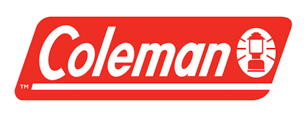How to Build a Campfire
Firewood: Firewood and kindling are for sale at Ontario Parks, saving you the hassle of packing and bringing it with you. Ontario Parks does not allow the collection of firewood in campgrounds because:
- High-use camping areas can become devoid of trees
- Both live and dead wood is important habitat for wildlife
- We want to maintain a ‘natural’ setting
- We want to maintain site privacy
Leave your firewood at home! If you bring firewood from home, you could spread insect and plant diseases that threaten the health of our forests. Several areas in Ontario are under quarantine and wood cannot be moved from these areas to prevent the spread of invasive insects and disease.
Before Building Your Fire:
- Check for partial or full fire bans
- Build fires in designated fireplaces to prevent forest fires
- Use a hatchet to split kindling into finer pieces as necessary
- Ensure you have a bucket of water near by to put the fire out
Ambassador suggestion: Learn more about what equipment is allowed during a fire ban here!
Building a Campfire: Follow these steps when starting your campfire:
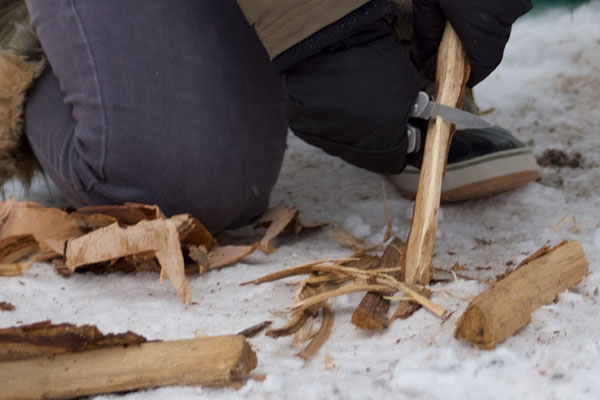
1. Add tinder
- Ball up the tinder materials tightly in the centre of the fire pit.
Tinder is any fine flammable material easily lit by a match (e.g., shredded newspaper, cardboard, dryer lint, tiny sticks and fine dried plant materials). Although tinder lights quickly, it usually only burns for a short period of time. Its job is to help catch the kindling (small pieces of wood) on fire. Be aware that in humid weather, newspaper can absorb moisture and not be as flammable.
Ambassador suggestion - try using a commercial fire starter when lighting your campfire.
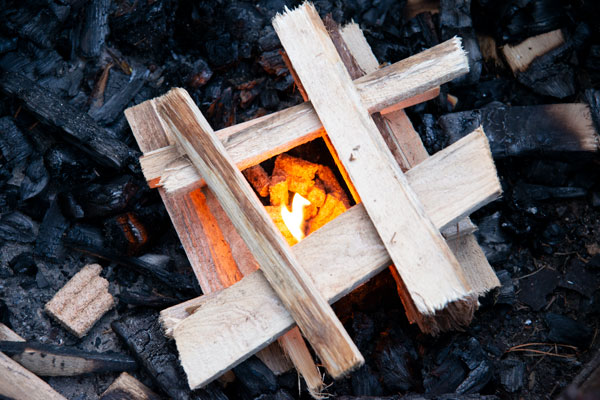
2. Add kindle
- Place kindling around the tinder in a lean-to, log-cabin or triangle fashion and leave one side open to light the fire.
Kindling is small split pieces of wood that will catch fire from the tinder. Smaller pieces of wood always light faster than larger pieces of wood, but they burn faster as well. We use kindling because tinder does not burn long enough to catch larger pieces of wood on fire.
Ambassador suggestion - fire loves oxygen. If you build your fire with too much wood, it will smoke and go out. Make sure you build a fire that allows for plenty of air flow.
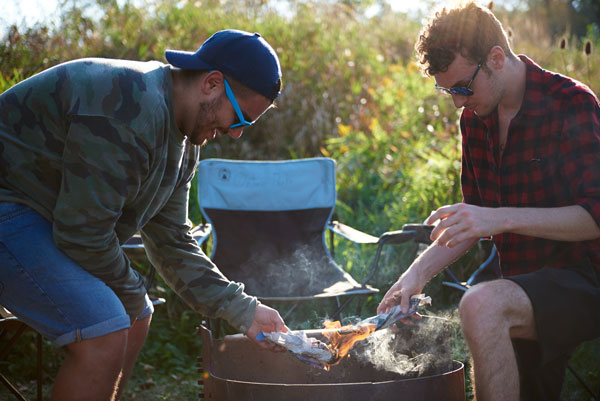
3. Light the tinder
- Never use gas or other flammable liquids to help start the fire, it is very dangerous.
- Use a lighter or a match to light the fire (use good quality matches).
- When lighting the fire, block the wind with your body.
- Step back and wait for the fire to get started!
Ambassador suggestion - once you start to hear the fire crackle you can be assured your kindling is burning. It’s time to start adding larger pieces of wood.
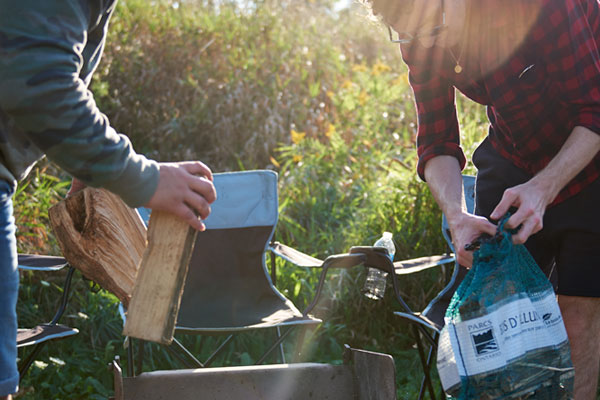
4. Gradually add larger wood
- Add 1 or 2 larger pieces of wood at a time. Start with finger thin pieces and gradually increase the size. Small pieces burn more efficiently with less smoke and allow you to control the size of the fire.
- Remember fire loves oxygen, as the fire burns you will need to stack wood loosely to maintain air flow and a good flame.
- Try and burn down your fire as much as possible. Partially burned logs make it difficult for the next camper to light a fire and they take a long time to break down if left behind.
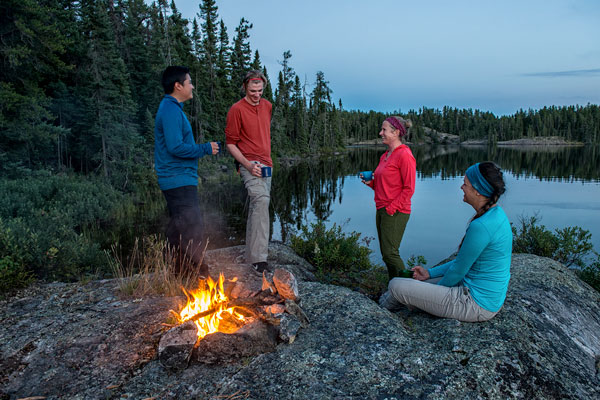
5. Enjoy your Campfire
- Never leave your fire unattended, even for a short period of time.
- Don’t allow the fire to get too big. Keep it contained well within the designated fire pit to keep it under control.
- Supervise children at all times around campfires. Teach children not to run around campfires or pull out burning sticks.
- Watch food (e.g., marshmallows/hot dogs) carefully, if it catches fire, blow it out rather than waving it in the air.
- Make sure adults & children know how to stop, drop and roll.
- Keep a piece of kindling aside to help you move wood around the fire. This will reduce the risk of burns.
- Be sure to use hatchets safely if splitting kindling and wood.
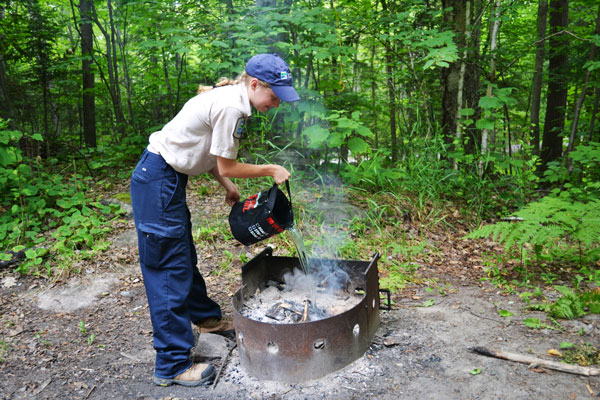
6. Extinguish your Campfire
- Before you leave your site or go to bed, extinguish your fire with a bucket of water.
- Pour lots of water on the campfire
- Stir the ashes with a stick
- Pour more water over top of it
Repeat these three steps until:
- the ashes don’t hiss
- everything looks wet
- no more smoke comes from the ashes
Ambassador suggestion: learn more about Campfire Safety here!
Partners
